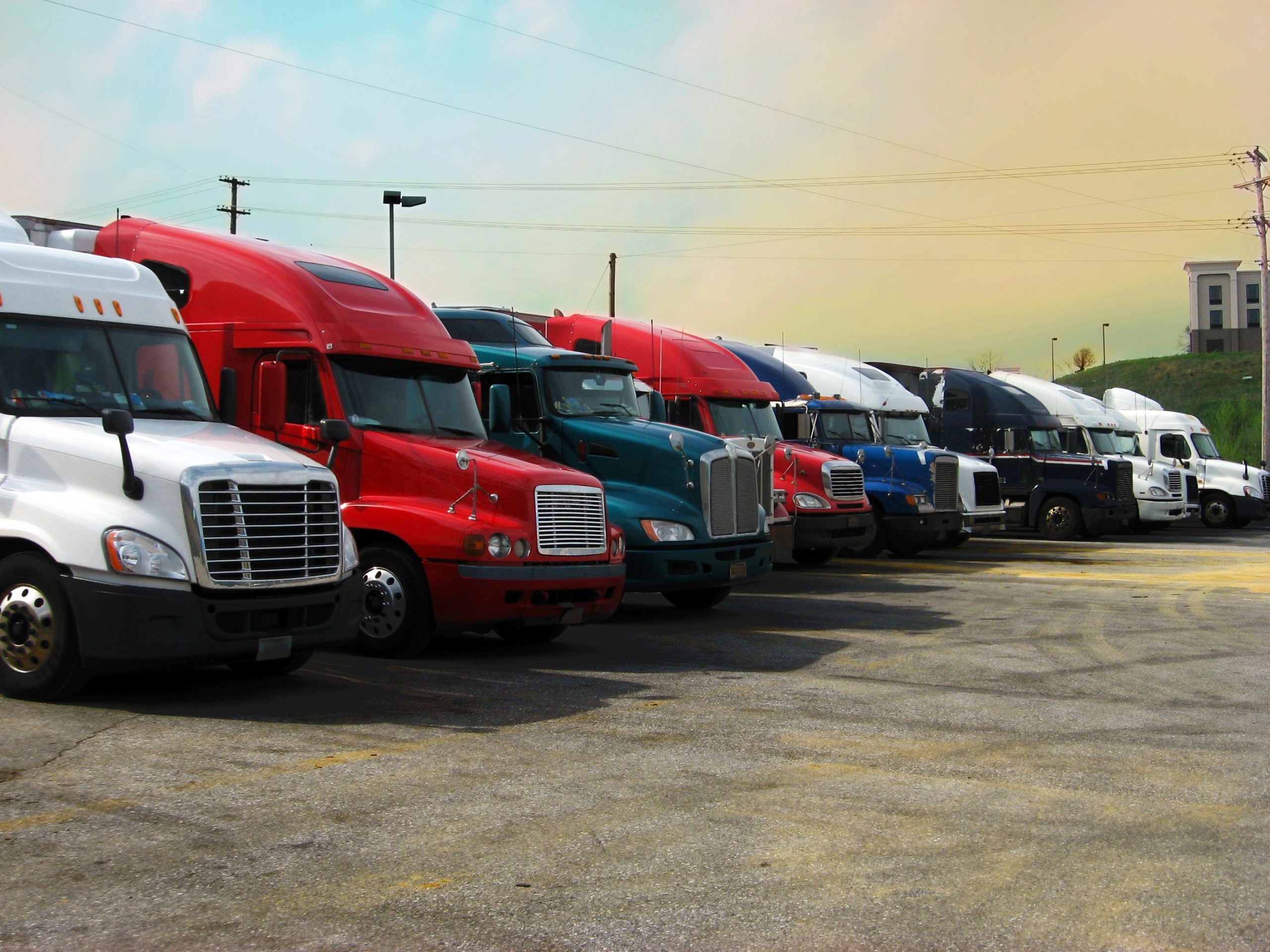
The trucking industry has undergone a major transformation with the introduction of Electronic Logging Device (ELD) devices. These devices have not only simplified the way truckers keep track of their hours of service, but they have also revolutionized compliance with regulatory requirements. With so many options on the market, it can be challenging to choose the right ELD device for your fleet. In this article, we will explore the top features to look for in an ELD device for trucks to help you make an informed decision.
Understanding the Importance of ELD Devices for Trucks
Before delving into the specifics of ELD devices, let’s first understand why they are crucial for modern trucking operations. ELD devices are electronic solutions that replace traditional paper logbooks, making it easier for truckers and fleet managers to track and record hours of service. These devices are designed to enhance safety and productivity by ensuring accurate hours of service tracking, reducing paperwork, and improving compliance with federal regulations.
By using an ELD device, truckers can avoid the hassle of manually recording their driving time, on-duty status, and rest breaks. With automated logging and accurate data collection, ELD devices eliminate the possibility of errors and fraud, promoting fair competition and road safety.
The Role of ELD Devices in Modern Trucking
ELD devices play a vital role in modern trucking operations, helping fleet owners and managers optimize efficiency and ensure compliance. With real-time tracking and advanced reporting capabilities, these devices provide valuable insights into driver behavior, fuel consumption, and vehicle maintenance needs.
ELD devices provide accurate data on vehicle movement, allowing fleet managers to plan routes more effectively and make informed decisions. This real-time information enables dispatchers and drivers to collaborate seamlessly and adjust schedules based on traffic conditions or unexpected delays. Through automated notifications and alerts, ELD devices help prevent potential violations, enabling timely interventions and ensuring smoother operations.
Regulatory Requirements for ELD Devices
It is essential to choose an ELD device that meets the regulatory requirements set by the Federal Motor Carrier Safety Administration (FMCSA). The FMCSA has specific criteria that ELD devices must meet, such as tamper-resistant design, synchronization with the engine, and secure data transmission. Ensure that the ELD device you choose is certified and compliant with FMCSA regulations to avoid penalties and ensure a smooth transition to electronic logs.
Additionally, ELD devices are not only beneficial for fleet managers and truckers but also for other stakeholders in the trucking industry. Insurance companies, for example, can leverage the data collected by ELD devices to assess risk and determine insurance premiums more accurately. By having access to real-time information on driver behavior and compliance, insurance providers can reward safe driving practices and encourage better adherence to regulations.
Moreover, ELD devices also contribute to the overall sustainability of the trucking industry. By optimizing routes and reducing idle time, these devices help minimize fuel consumption and carbon emissions. This not only benefits the environment but also reduces operational costs for trucking companies, making it a win-win situation for everyone involved.
Key Features of High-Quality ELD Devices
Now that we understand the importance of ELD devices, let’s explore the key features that make a high-quality ELD device stand out amidst the competition.
Ease of Use and Interface Design
A user-friendly interface is crucial when considering an ELD device for your fleet. Look for a device with an intuitive design that requires minimal training and offers straightforward navigation. A device with a clear and organized dashboard will help drivers swiftly access essential information. The ability to easily switch between duty statuses and quickly record any changes will increase efficiency and reduce driver frustration.
Furthermore, a high-quality ELD device goes beyond just a user-friendly interface. It takes into account the diverse needs of drivers and provides customizable options. For instance, some devices allow drivers to personalize the display settings, such as font size and color scheme, to suit their preferences. This level of customization not only enhances user experience but also promotes driver satisfaction and productivity.
Reliable Connectivity and Data Transmission
In today’s connected world, reliable connectivity is crucial for real-time data transmission. Look for an ELD device that offers seamless connectivity through cellular networks or satellite systems. A device with robust communication capabilities ensures uninterrupted data transmission, reducing the risk of lost or delayed information. It is imperative to choose an ELD device with a stable connection to provide accurate and up-to-date information.
Moreover, a high-quality ELD device takes data security seriously. It incorporates advanced encryption protocols to protect sensitive information from unauthorized access. This ensures that the data transmitted between the device and the fleet management system remains confidential and secure, safeguarding both the drivers and the company from potential cybersecurity threats.
Durability and Longevity of the Device
Trucking is a demanding industry, and ELD devices must withstand harsh environments and constant use. Select a device that is built to last, considering factors such as durability, shock resistance, and water resistance. An ELD device with a reliable construction will minimize the risk of damage and ensure uninterrupted operation, even in challenging conditions.
Furthermore, a high-quality ELD device undergoes rigorous testing to meet industry standards for durability and reliability. It is subjected to extreme temperature variations, vibration tests, and impact tests to ensure it can withstand the rigors of daily use. Investing in a durable ELD device not only reduces the risk of device failure but also minimizes the need for frequent replacements, resulting in long-term cost savings for your fleet.
Additional Features to Consider in an ELD Device
In addition to the key features mentioned above, there are a few additional factors to consider when selecting an ELD device that meets your specific needs.
Integration with Other Systems
Consider whether the ELD device integrates seamlessly with your existing fleet management software or other systems. The ability to consolidate data from different sources can provide a holistic view of your operations, making fleet management more efficient and reducing administrative work.
Furthermore, integration with other systems such as GPS tracking, maintenance scheduling, or route optimization software can enhance the overall functionality of the ELD device. This interconnected approach can streamline processes, improve decision-making, and ultimately boost productivity across your fleet operations.
Advanced Reporting Capabilities
Look for an ELD device that goes beyond basic compliance and offers advanced reporting features. Detailed reports on driver behavior, fuel usage, and vehicle diagnostics can provide valuable insights for operational optimization and performance improvement.
Moreover, advanced reporting capabilities can facilitate proactive maintenance planning, identify cost-saving opportunities, and help in complying with industry regulations. Real-time data analysis and customizable reporting tools can empower fleet managers to make informed decisions that drive efficiency and profitability.
Customer Support and Training
Choosing an ELD device from a reputable provider that offers excellent customer support and comprehensive training is essential. Ensure that the manufacturer or service provider offers reliable technical assistance and training resources to help your drivers and staff adapt to the new system smoothly.
Responsive customer support, ongoing training programs, and user-friendly documentation are crucial for maximizing the benefits of your ELD device investment. Access to a dedicated support team and educational materials can ensure that your team is well-equipped to leverage all the features and functionalities of the ELD system effectively.
Making the Right Choice: Selecting Your ELD Device
With so many options available, selecting the right ELD device can seem overwhelming. However, by following a systematic approach, you can find the device that best fits your needs.
Assessing Your Specific Needs
Start by evaluating your fleet’s unique requirements. Consider factors such as the size of your fleet, the types of vehicles you operate, and any specific operational challenges you face. Understanding these needs will help you prioritize the features that are most important to your fleet.
For example, if your fleet primarily consists of long-haul trucks that operate across state lines, you may need an ELD device that is compliant with the Federal Motor Carrier Safety Administration (FMCSA) regulations. On the other hand, if your fleet operates within a specific region, you may have different requirements, such as the ability to track fuel consumption or monitor driver behavior.
Comparing Different ELD Brands and Models
Research and compare different ELD brands and models to find the best fit for your fleet. Look for reputable manufacturers with a proven track record in the industry. Read customer reviews and seek recommendations from other trucking professionals to gather insights into the performance and reliability of different devices.
Consider the specific features offered by each ELD device. Some devices may offer advanced reporting capabilities, real-time GPS tracking, or integration with other fleet management systems. Assessing these features will help you determine which device aligns best with your fleet’s needs and goals.
Considering the Cost and Value of the Device
While cost is an important factor, it should not be the sole determining factor when choosing an ELD device. Consider the long-term value and benefits that the device can provide to your fleet. Look beyond the initial investment and assess factors such as reliability, customer support, and integration capabilities to make an informed decision.
For instance, investing in a reliable ELD device with excellent customer support can save you time and money in the long run. In case of any technical issues or questions, having a responsive support team can ensure minimal disruption to your operations.
Additionally, consider the potential for future growth and scalability. Will the ELD device be able to accommodate your fleet’s needs as it expands? Choosing a device that can seamlessly integrate with other fleet management systems can provide a more comprehensive solution for your business.
By understanding the importance of ELD devices, evaluating key features, and considering additional factors, you can make an informed decision when choosing an ELD device for your fleet. Remember, selecting the right ELD device is an investment that can significantly improve your fleet’s efficiency, compliance, and overall success in the modern trucking industry.





